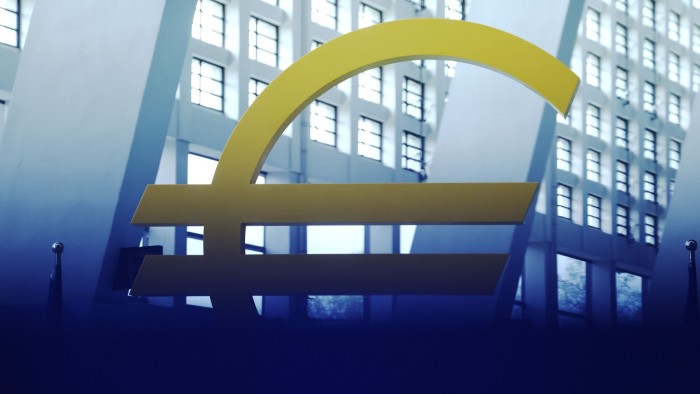Unlock the Editor’s Digest for free
Roula Khalaf, Editor of the FT, selects her favourite stories in this weekly newsletter.
The writer is a former supervisory board member of the European Central Bank and a senior fellow at Bocconi University
Paul Volcker’s famous judgment against financial innovation sounds exaggerated today. In late 2009, the former Federal Reserve chair quipped that “the most important thing banks invented is the ATM”. But 15 years on, our spending routines are less cumbersome, time consuming and boring than they ever were, thanks to the fortunate marriage of digital and payment technologies.
Yet, not all innovation is the same or justifies equal acceptance. A case in point is the latest star in the monetary firmament: stablecoins. Originally a means for crypto investors to easily move in and out of fancier assets like bitcoin, they have gained popularity recently as they seem poised to morph into a retail payment instrument. Are we going to pay our morning coffee with a stablecoin? This possibility raises issues for policymakers.
In the US, a recent presidential executive order entrusted a new working group to draft crypto legislation within six months. Given Donald Trump’s enthusiasm for crypto, one can expect that body of law to fulfil the order’s intent of promoting “the development and growth of lawful and legitimate dollar-backed stablecoins worldwide”.
This puts the ball in Europe’s court. As the second global international currency, the euro is vulnerable. Euro-backed stablecoins are in their infancy. According to some, a spreading of dollar-denominated stablecoins threatens Europe’s “monetary sovereignty”. The challenge for European regulators is to keep innovation and experimentation alive while preserving stability and trust in the euro.
One option is to do nothing: business as usual. After all, Europe already has crypto regulation, the Markets in Crypto Assets Regulation. Economic theory suggests monetary sovereignty is secure if the numéraire is and if the central bank has effective monetary policy instruments. Neither is directly threatened by the US push on stablecoins; the euro’s legal tender status is protected by the EU Treaty. The problem with this laid-back approach is that risks come not so much from dollarisation but more from stablecoins’ inroads into the realm of traditional money.
Stablecoins are neither very stable, nor really coins. Like all assets backed by collateral, they oscillate in value. Normally, by a small amount; in a crisis, when the value of collateral is uncertain, by large margins. Their structure mimics that of money market funds, another innovation which rose to prominence half a century ago. Like MMFs, stablecoins import stability from the asset pool that backs them. But no asset is really stable, except central bank money. The spectacular collapse of MMFs in the 2008 crisis was one reason why Volcker turned so pessimistic about financial innovation.
Nor are stablecoins comparable with coins. For every major currency, all payments eventually settle on central bank books. The central bank’s role as payment overseer and ultimate settler contributes to trust and ensures the “unicity” of money — same value everywhere. Stablecoins cannot guarantee that.
Another option for Europe is to enlist the central bank as a competitor against stablecoins. One view argues in favour of a digital euro, a central bank digital currency now in preparation at the ECB to be made available in small amounts to all citizens through the circuits of banks. But the planned digital euro is just another payment device alongside more established ones. Its commercial success is uncertain. It should not be counted upon to have a particular advantage.
A more promising strategy is to complement MiCA with provisions safeguarding the integrity of money. Stablecoin circuits, running on distributed ledgers, and traditional ones can coexist but should not be allowed perfect osmosis with one another. In the spirit of protecting investors, MiCA guarantees convertibility at par for stablecoins. It should not. Interoperability and convertibility at par should be the rule only within the traditional money circuit settling on central bank books. Between that and the stablecoin universe there should be frictions, be it in the form of settlement lags, conversion fees and transfer limits, so that substitutability between the two is never perfect.
The ball may be in Europe’s hands now, but the problem is general. Over the last 5,000 years, money has taken many forms but served as a reliable measure of value and means for settling economic obligations. Stablecoins and central bank money are not equivalent for those purposes and should not be regarded or regulated as such.
https://www.ft.com/content/212f6edb-e7d4-41d3-b7b4-6b3910a6ae2f


